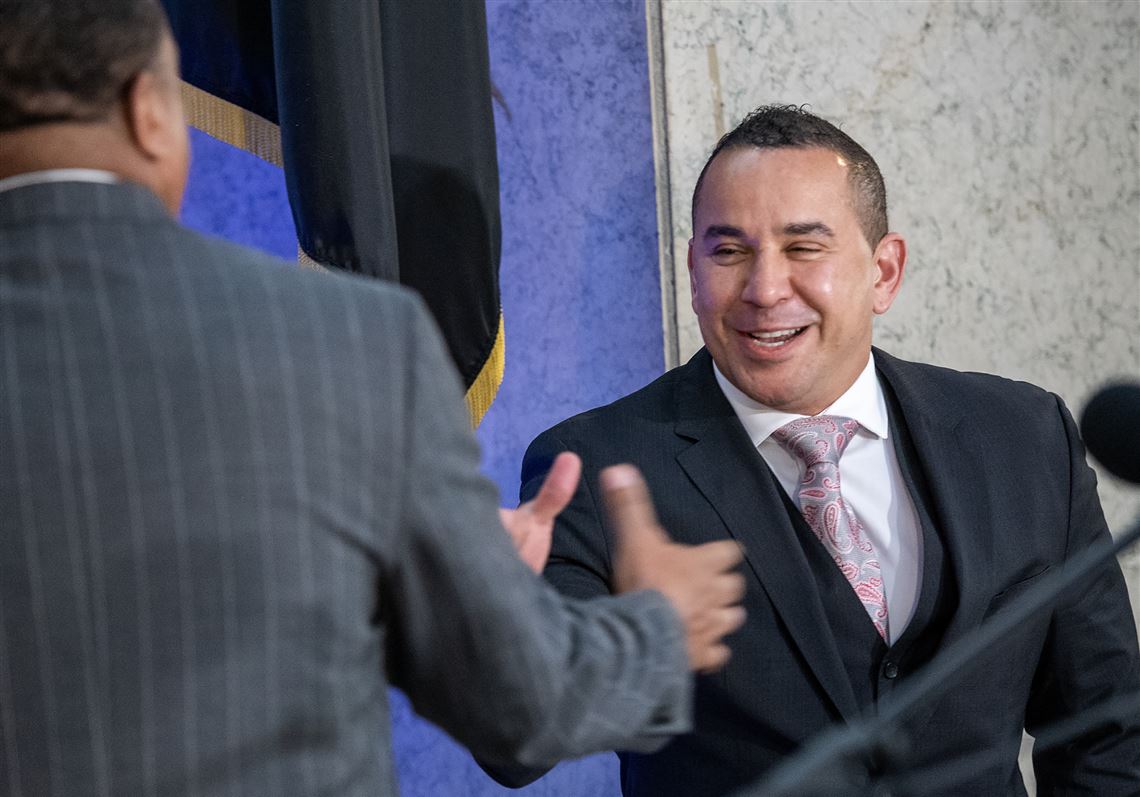The Role of Pittsburgh’s Police Chief: A Closer Look at Larry Scirotto
Pittsburgh, a city known for its rich history and vibrant culture, is also home to a police department that plays a crucial role in maintaining public safety and community relations. At the helm of this department is Police Chief Larry Scirotto, a figure who has garnered attention for his approach to law enforcement and community engagement. This article delves into the various facets of Scirotto’s leadership, his initiatives, and the challenges he faces in today’s complex policing landscape.
Background and Appointment
Larry Scirotto was appointed as Pittsburgh’s police chief in 2022, marking a significant moment in the city’s law enforcement history. With a background in law enforcement that spans over two decades, Scirotto brought a wealth of experience to the role. His previous positions included serving as a commander in the Pittsburgh Police Bureau and holding various leadership roles in other departments. His appointment was seen as a step towards modernizing the police force, emphasizing community-oriented policing, and addressing the pressing issues of crime and public safety.
Community Engagement Initiatives
One of Scirotto’s primary focuses has been on fostering stronger relationships between the police and the communities they serve. Understanding that trust is essential for effective policing, he has implemented several community engagement initiatives. These include town hall meetings, community forums, and outreach programs aimed at building rapport with residents. Scirotto believes that by involving the community in discussions about safety and policing strategies, the department can better address the unique needs of different neighborhoods.
Emphasis on Diversity and Inclusion
Under Scirotto’s leadership, the Pittsburgh Police Department has made significant strides in promoting diversity and inclusion within its ranks. Recognizing that a diverse police force can better relate to and understand the communities they serve, Scirotto has prioritized recruitment efforts aimed at attracting candidates from various backgrounds. This initiative not only enhances the department’s cultural competency but also helps to break down barriers between law enforcement and marginalized communities.
Addressing Crime and Public Safety
While community engagement is vital, Scirotto also faces the ongoing challenge of addressing crime rates in Pittsburgh. The city, like many urban areas, grapples with issues such as gun violence, drug-related crimes, and property offenses. Scirotto has advocated for a data-driven approach to policing, utilizing analytics to identify crime hotspots and deploy resources more effectively. By focusing on evidence-based strategies, he aims to reduce crime while maintaining a commitment to community safety and civil rights.
Mental Health and Crisis Intervention
Another critical aspect of Scirotto’s approach to policing is the emphasis on mental health and crisis intervention. Recognizing that many encounters between police and the public involve individuals in crisis, he has championed the integration of mental health professionals within the police force. This initiative aims to provide officers with the tools and training necessary to handle situations involving mental health issues compassionately and effectively, reducing the likelihood of escalation and ensuring that individuals receive appropriate care.
Challenges and Criticisms
Despite his efforts, Scirotto’s tenure has not been without challenges. The police department has faced scrutiny over issues such as use-of-force incidents and allegations of misconduct. Critics argue that while community engagement is essential, it must be accompanied by accountability and transparency. Scirotto has acknowledged these concerns and has committed to implementing reforms that enhance oversight and ensure that officers are held accountable for their actions.
The Future of Policing in Pittsburgh
As Pittsburgh continues to evolve, so too does the landscape of policing. Scirotto’s leadership represents a shift towards a more progressive model of law enforcement, one that prioritizes community engagement, diversity, and mental health awareness. However, the road ahead is fraught with challenges, and the success of his initiatives will depend on the department’s ability to adapt to the changing needs of the community while maintaining public trust.
In summary, Larry Scirotto’s role as Pittsburgh’s police chief is multifaceted, encompassing community engagement, diversity initiatives, crime reduction strategies, and mental health awareness. His leadership reflects a commitment to modernizing the police force and addressing the complex issues facing urban law enforcement today. As he navigates these challenges, the impact of his policies and initiatives will undoubtedly shape the future of policing in Pittsburgh.
